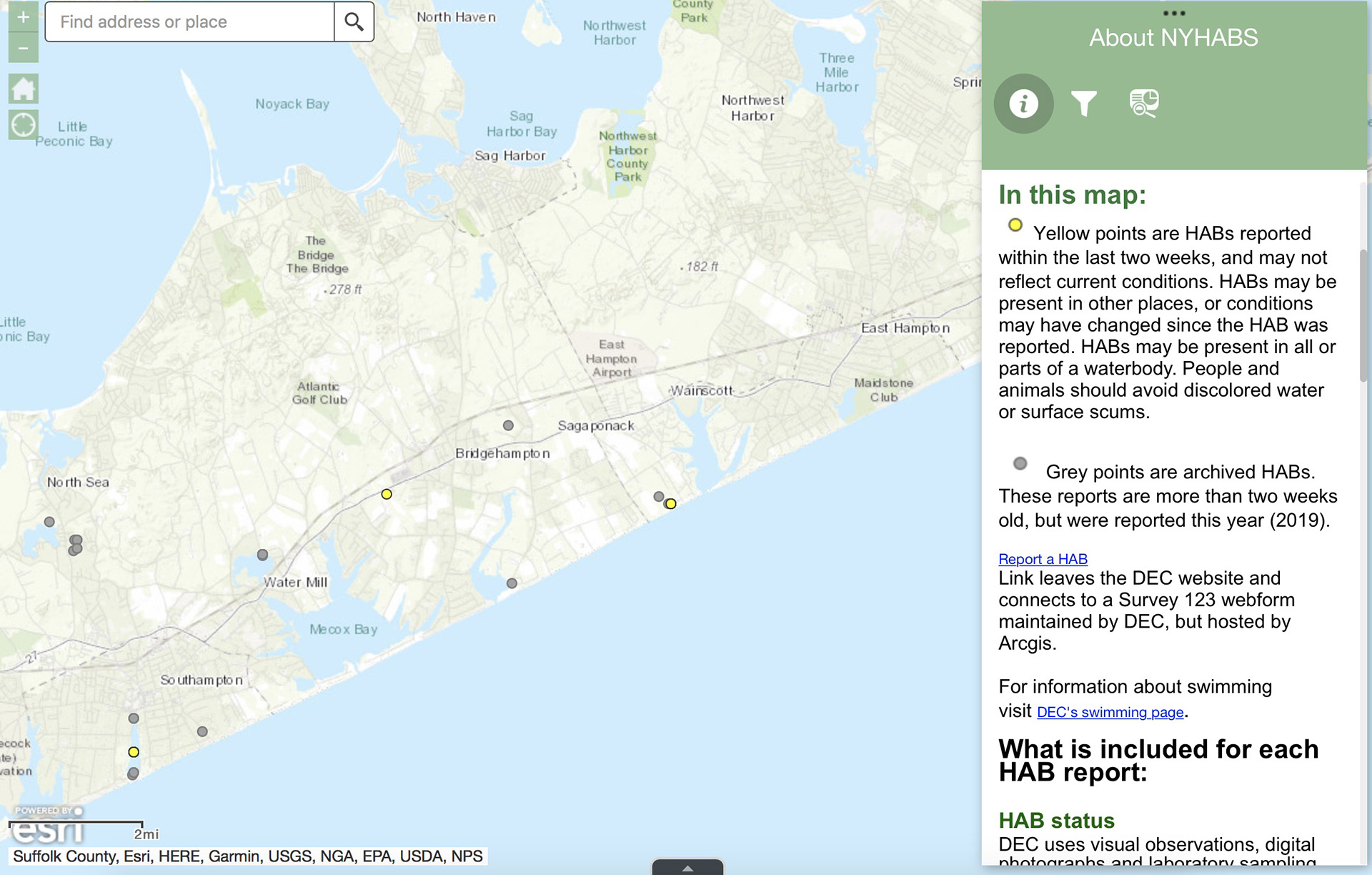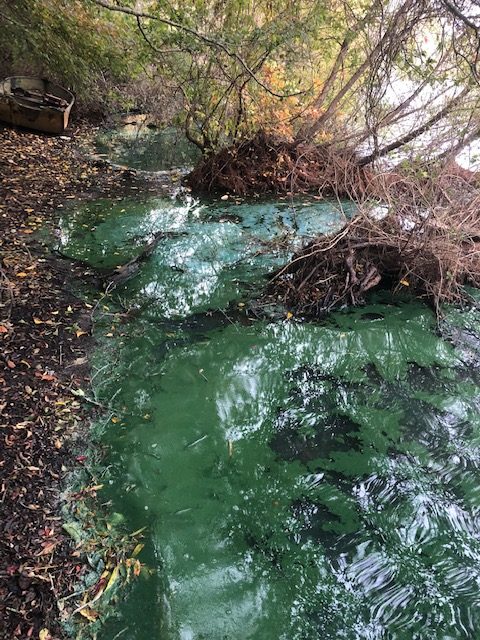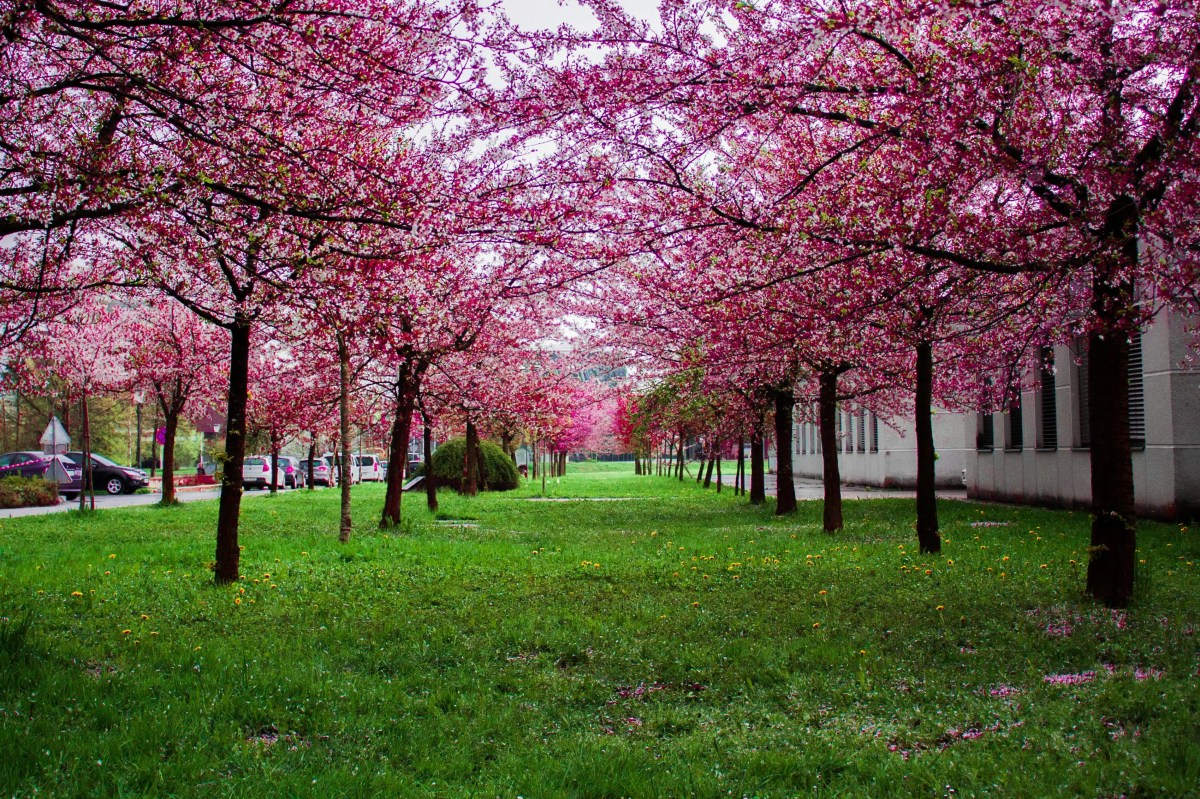Harmful Algal Blooms Found In Local Water


Blue-green algae blooms were present in Stony Brook University samples taken from Bridgehampton’s Kellis Pond, Southampton Village’s Lake Agawam, and East Hampton’s Wainscott Pond within the last two weeks.
Due to these findings, health officials are asking residents not to use or swim in these waters, and to keep pets and children away from the area. Contact with water that appears scummy or discolored should be avoided, but if it does occur, rinse off the area with clean water immediately. Side effects could include nausea, vomiting, or diarrhea; skin, eye or throat irritation; or allergic reactions or breathing difficulties.
These algal blooms, known as cyanobacteria, are naturally present in lakes and streams in low numbers, and become abundant with a high presence of nitrogen and phosphorous. The blooms form in shades of green, blue-green, yellow, brown, or red, and may produce floating scums on water’s surface or may cause the water to take on a “paint-like appearance,” according to the Suffolk County Department of Health Services.

In June, algal blooms were reported in Wainscott Pond and Mill Pond. This year, blue-green algae was also cited in Little Fresh Pond, Big Fresh Pond, Sagg Pond, Poxabogue, Fort Pond, and Big Reed Pond.
To report a suspected blue-green algae bloom at a body of water that contains a Suffolk County-permitted bathing beach, contact the Suffolk County Department of Health Services’ Office of Ecology at 631-852-5760 between 8:30 AM and 4:30 PM or email scdhsweb@suffolkcountyny.gov.
To view a map all affected fresh waterbodies in New York State, or to report a suspected blue-green algae bloom to the New York State Department of Environmental Conservation about a body of water that does not contain a Suffolk County permitted bathing beach, go to www.dec.ny.gov.
desiree@indyeastend.com



